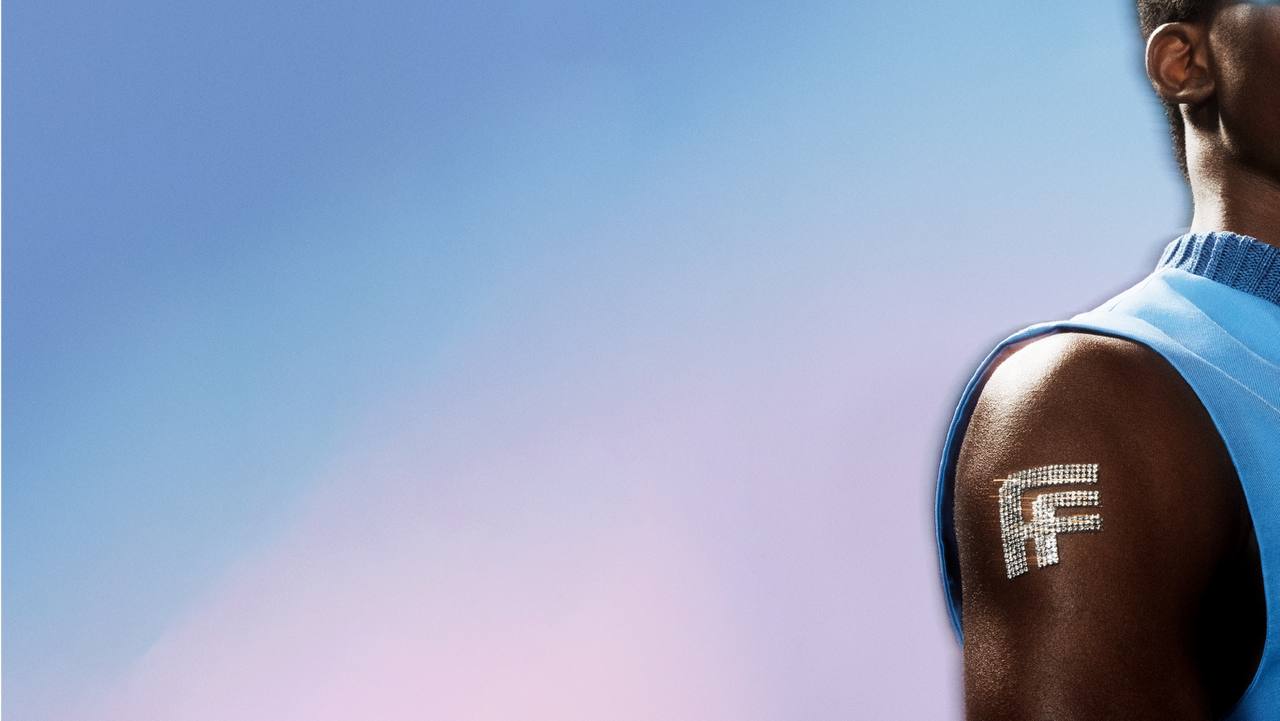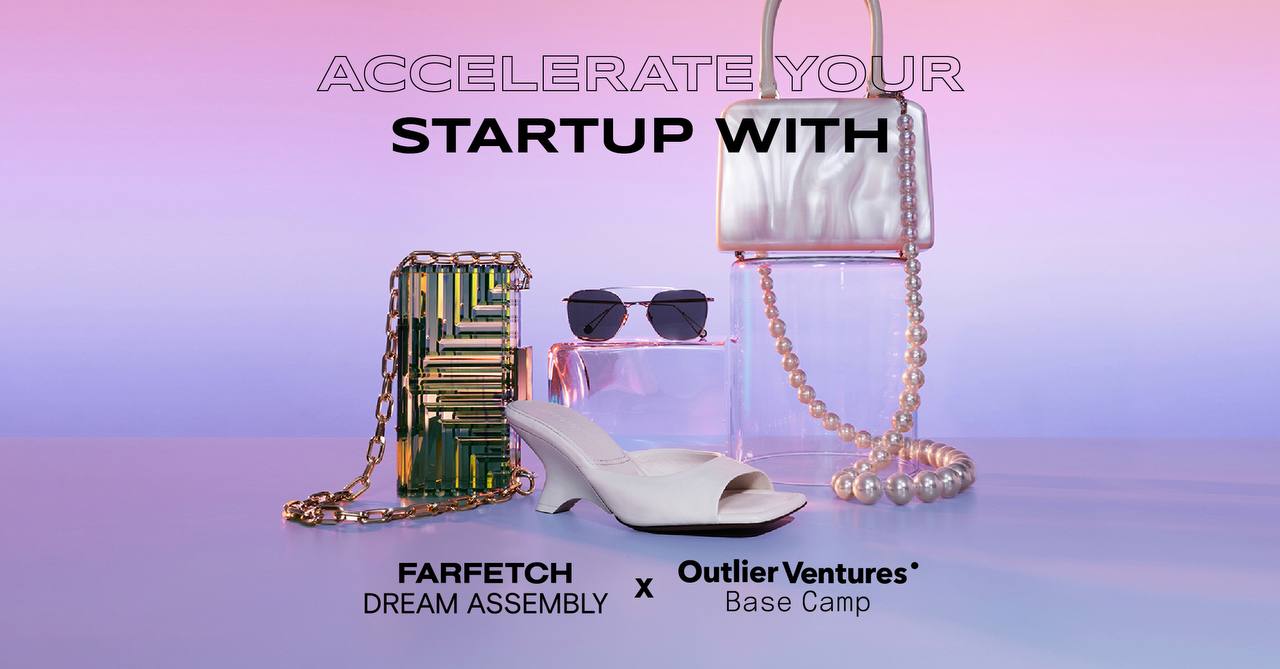Metaverse Fashion Council is facilitating a series of interviews among our Advisory Board Members in order to address the most important and relevant questions related to Metaverse. This interview is run by the entrepreneur and designer Julia Daviy and Blake Lezenski, investor and Web3 expert will share his opinions and tell us more about Dream Assembly Base Camp, the result of the collaboration between Farfetch and Outlier Ventures.

Accelerator dedicated to defining the future of web3 luxury fashion
— Hi Blake, according to the last report of the investment giant SoftBank, this year, the amount of VC investments in the tech area will drop by 20-25 times! (Softbank recently announced an enormous loss on their investments, not sure if that's the best source given the timing) But you and your partners plan to move in an ongoing way. In particular, Outlier Ventures, in partnership with FARFETCH, plan to invest actively in startups linked with Metaverse and web 3.0. What do you see in this market that others do not see?
Hi, great to be here. Thank you for having me. Before we start, just a quick disclaimer - the views represented are my own and do not represent an official stance of OV or FARFETCH. At Outlier Ventures, we have been investing in web3 and Metaverse projects for almost nine years, guided by our thesis, The Open Metaverse OS, becoming the most active investor globally by the volume of deals. We are an evergreen investor - invest in bear and bull markets and stick with our founders through thick and thin. Investment into web2 tech might be slowing down, but the adoption of web3 is not - for OV, it's business as usual. The partnership with FARFETCH is based on the shared perspective on the broader adoption. FARFETCH enables us to empower the founders with their vast fashion network, market-leading brand, world-class luxury fashion mentors and their eagle-eye view of the entire fashion supply chain. The combined knowledge and experience in fashion and web3 makes FARFETCH and OV a match made in the Metaverse heaven that provides a unique mix of support that founders need to succeed in the space.
— What do ideal participants of your accelerator look like and what will they get from participating in its program?
The ideal participant represents a diversity of thought and background, a combination of creativity and coachability. They are storytellers that can effectively communicate their vision but also know how to drive execution. They demonstrate long-term resilience and adaptability to the fast-changing market. They understand the market dynamics and are realistic about the competitive landscape and timing. In Web3 luxury fashion, they represent domain expertise, knowing things that others don't and started developing a network in the space that we can help grow. Finally, they prioritise learning by doing and are excited to fill gaps in their knowledge.
The program is a 3 months fully remote accelerator dedicated to defining the future of web3 luxury fashion. We help teams with every aspect of a web3 startup, from legal, commercial, fundraising support, marketing and community, NFT strategy, token economics and design. The only thing we cannot do for you is to build your tech. Access to the combined network of Farfetch and OV, in-house specialists and mentors is something we prioritise from day 1 - in fashion, your network is your net worth and can make or break your brand. The program comes with $150k cash provided upfront, but this is just a cherry on top of our partnership's value add to cohort teams. The best way to describe it is that for 3 months, we act like your co-founder on web3 steroids that knows everyone in the space. The applications close on the 19th of August and we make offers to teams on a rolling basis so I wouldn’t wait to apply.
"For 3 months, we act like your co-founder on web3 steroids that knows everyone in the space."

— How did you personally come to Metaverse? What was the trigger for the formation of your special attitude towards the possibilities of digitalisation and blockchain?
My passion for the Metaverse came in 2 waves. Professionally, I entered the crypto world in 2017 by starting my advisory practice, Beyond Capital. Having worked with investors, startups, syndicates, fintech companies and banks, I was excited by the early adoption and specific knowledge that was still consolidating in the space. With time, however, I was disappointed by the slow pace of institutional adoption of crypto and very little presence of creatives in an industry dominated by tech experts. In 2020, I escaped a draconian lockdown in Colombia on a humanitarian flight and returned to the industry when the NFT craze was picking up pace. I was attracted back into the space by three factors. NFT as a format led to a mass entrance of the creative industry into the Web3 space. Previously mostly software engineers, now full of artists, musicians and designers.
My fascination with digital scarcity and luxury started guiding my interest and investment focus. The second reason was philosophical - having encountered the consequences of centralized power when unilaterally imposed authoritarian lockdown measures were introduced to some countries. It made me realize the importance of decentralization and self-sovereignty to me as a human. The third reason was the caliber of people in the space, notably founders. Extremely smart, competent and ambitious but consistently demonstrating kindness and the belief that the only hierarchy is the hierarchy of competence.
— Meta's division of Metaverse posted a loss of almost $3bn in the second quarter. This added to the skepticism about the prospects for the development of this market. Please refute this.
Organizations like Meta that aim to keep the centralized control of data, its ownership and profits from its monetisation are not a great match for the fully developed concept of the Open Metaverse. I believe Meta's Q2 loss signifies an investment toward future prospects rather than a balance sheet for operating a Metaverse-based business. Additionally, I believe the Open Metaverse belongs to the new generation of entrepreneurs, unencumbered by some of the non-user-centric practices of web2 big tech. I think projections of the traditional financial sectors provide more than enough numbers to bolster confidence that this is the next high-growth market, with Goldman Sachs calling the Metaverse an $8 Trillion opportunity.

— What role can DAO and the Metaverse Fashion Council play in the market development?
In my opinion, with time, DAO will emerge as the dominant model of organizing human work and creativity. The community-driven nature of this governance model is a vast improvement over traditional governance structures such as corporations. I believe the rise of non-profit curation actors like the Metaverse Fashion Council is a crucial step in web3 fashion maturing before the sector is ready for mainstream adoption. The Metaverse Fashion Council connects the leading founders and thinkers in the space to the next generation of entrepreneurs and fosters a spirit of mutual support and growing the pie together win-win mentality instead of a 0-sum games we often see in web2.
— My company IMAGENERIA is the platform for phygital 3D-printable NFTs of real-world use products. We are selling NFTs that buyers can turn into physical items by 3D printing. IMAGENERIA lets customers use digital assets stored in NFTs anywhere in the Metaverse and digital space overall and get them turned into real physical products at IMAGENERIA when they need them in the real world. I am sure that this is the most sustainable way not only for the fashion industry but for consumer product manufacturing. What is your vision about sustainability in fashion?
Pollution, particularly in fast fashion, has been emerging as a dominant problem for the fashion industry. Innovation such as phygital 3d printing, AR wearables or the emergence of the resale market are all different angles of a solution to a problem that need to alling in order to make fashion sustainable long term. Gen Z is a generation of users and consumers most typically associated with the Metaverse. While they are the most environmentally conscious generation, they are also the heaviest consumers of fast fashion. Sustainability innovation in fashion can solve this paradox and bring Generation Z into a new, environmentally conscious era of self-expression through digital fashion.
"Gen Z is a generation of users and consumers most typically associated with the Metaverse."
— How do you see the Metaverse in 5 years?
Usually, the horizon for the emergence of web3 and Metaverse as the dominating paradigm that I quote is 5-10 years. Expecting full adoption in 5 years might be on the optimistic side, but to some extent, we are already in the Metaverse. To me, any intersection of physical reality with digital reality through AR, XR or economics is the Metaverse, while decentralization underpins the Metaverse as an societal concept. Currently, the dominant virtual worlds are scattered and siloed off. In the next 5 years, I expect some of the interoperability challenges to get solved by the smartest teams in the space to bring the vision of an Open Metaverse closer - an interconnected world that combines modular virtual spaces and allows a free movement of assets and self-sovereign users who retain control over their data and monetisation of their online activity.
FARFETCH and Outlier Ventures Launch Dream Assembly Base Camp
Dream Assembly Base Camp will provide a cohort of the most promising Web3 startups in the luxury fashion and lifestyle sectors with a curated program of mentorship, networking and support in order to help drive the future of Web3 luxury commerce.
The remote 12-week program will be tailored to each startup and will focus on digital fashion, tokenized loyalty, immersive experiences and the creator economy. Participating startups will gain access to FARFETCH and Outlier Ventures’ network of leading mentors from the fashion, technology and Web3 industries, as well as investors, to support their future fundraising efforts.
FARFETCH launched Dream Assembly in April 2018 and continues to strengthen its connection to the startup community. Since its inception, FARFETCH Dream Assembly has taken more than 60 startups through the program across four cohorts, which have led to ongoing partnerships for FARFETCH with Dream Assembly alumni including Good on You, The Restory, Thrift+ and LUXCLUSIF. Dream Assembly was built on the belief that the entire luxury industry can benefit from fuelling the next generation of technology companies.
The Outlier Ventures Base Camp program has been accelerating Web3 startups since 2019, with over 10 cohorts, with notable alumni including DIAData, Boson Protocol, Auroboros, Gravity Layer, NFT42, Cryptio and Crucible, among others, which have collectively raised over US$350m in seed capital.

READ MORE



